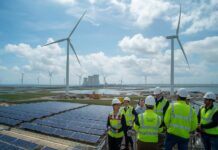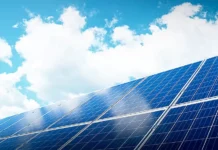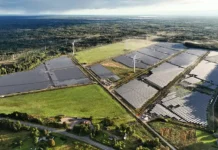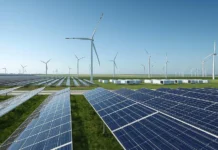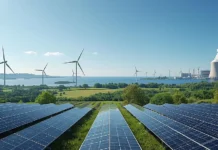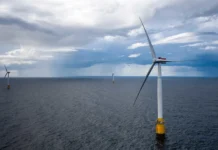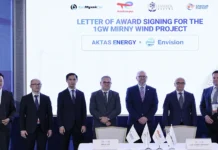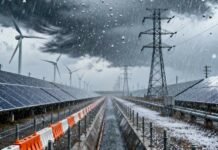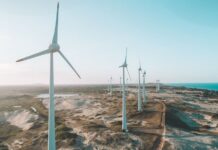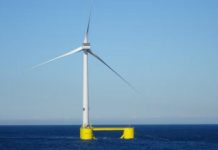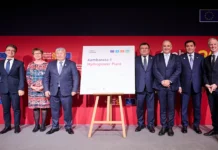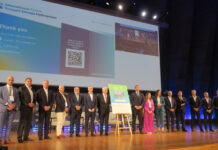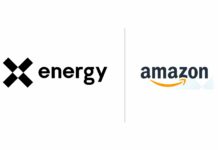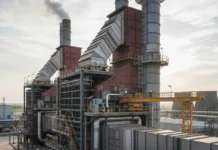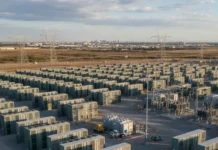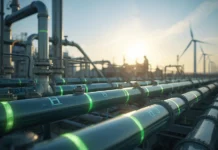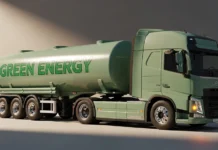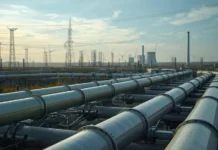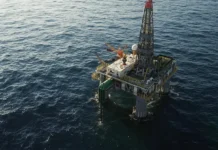Tracking SDG 7: The Energy Progress Report 2025 goes on to find that approximately 92% of the total world population now has basic access when it comes to electricity. In spite of an improvement since 2022, which happened to witness the number of people without basic access decrease for the very first time in a decade, more than 66 million people still remain without access. This kind of data indicates that the present rate is indeed insufficient in order to reach universal access by the end of this decade. Clean cooking access is advancing, however, below the rates of progress that were seen in 2010. The fact is that the efforts remain hugely stagnated due to the setback during COVID-19 followed by energy price shocks, as well as debt crises.
The latest edition of the annual report, which happens to track the progress towards sustainable development goal – SDG 7 – underscores the role when it comes to distributed renewable energy like mini-grids as well as solar systems in order to speed up the access for people that happen to be living in remote or fragile areas.
It is well to be noted that distributed renewable energy is also required so as to increase access to clean cooking. More than 2 billion people across the world still remain dependent when it comes to polluting as well as hazardous fuels like firewood along with charcoal for their cooking requirements. With an anticipated 1.5 billion people who reside in rural areas still lacking the access, the use of clean technologies can offer solutions that reduce health effects that are caused due to household air pollution.
The report also finds that notable progress has been made on varied indicators. International financial flows towards developing economies due to offering support of clean energy have grown for the third year in a row and reached almost $22 billion in 2023. Installed renewables capacity per capita continues to increase year on year and has already reached a new high of 341 watts per capita in countries that are developing. This is up from 155 watts that was witnessed in 2015.
Still, there are regional disparities that persist, thereby indicating that targeted support is required when it comes to certain regions. If we talk about sub-Saharan Africa, which happens to lag on most of the indicators, renewables are indeed expanding rapidly, but they still remain limited to 40 GW of installed capacity per capita on average. 85% of the worldwide population without electricity resides in this region, while four in every five families are without access to clean cooking. The number of people that do not have clean cooking access in the region continues to rise at a rate of 14 million people every year.
The report also went on to identify a certain lack of sufficient as well as affordable financing as one of the key reasons for regional inequalities as well as progress, which is very slow. In order to build on the achievements to date and also avoid any kind of further regression when it comes to electricity access and clean cooking, the report calls for much more robust international cooperation between both public and private sectors in order to scale up the financial support for developing economies, and by this, we talk especially about sub-Saharan Africa. There are urgent actions that are needed, and these include reforms in multilateral as well as bilateral lending so as to expand the public capital availability, finance mobilization grants, and risk mitigation instruments that are more concessional; enhancement when it comes to risk tolerance among the donors; and also national energy planning as well as regulations that are an ideal fit.
What happen to be the key highlights across the primary indicators?
- There has been little to no change that has been observed when it comes to access to clean fuels as well as technologies for cooking between 2022 and 2023. Although the number of the overall world population with access to clean cooking foods as well as technologies has increased from 64% in 2015 to 74% in 2023, almost 2 billion people still remain dependent on polluting fuels as well as technologies. If the present trend continues, just 78% of the global population will have access to clean cooking by the end of this decade.
- Around 92% of the overall world’s population now has access to electricity, thereby leaving more than 666 million people that do not have access to it in 2023. Apparently, 18 of the 20 countries having the largest electricity access deficits in 2023 happened to be from sub-Saharan Africa. The greatest growth when it comes to access between 2020 and 2023 went on to occur in Central as well as Southern Asia, with both regions making prominent leaps towards universal access to electricity, therefore reducing their basic access gap from 414 million in 2010 to only about 27 million in 2023.
- Apparently, in 2022, the global share of renewable energy sources in total final energy consumption (TFEC) was around 18%, since installed renewable energy capacity reached 478 watts per capita in 2023. This went on to indicate that there was around 13% growth from 2022 that was observed. However, this progress is not sufficient in order to meet international climate as well as sustainable development objectives. In spite of the kind of progress when it comes to expanding renewable capacity, there are some developing economies, as well as sub-Saharan African countries, that had only 40 watts per capita when it comes to installed renewables capacity, as compared to the developed economies that have more than 1100 watts that have already been installed.
- The global energy efficiency also experienced very tight progress in the recent years. The global trend goes on to show that the primary energy intensity, which is defined as the ratio of the total energy supply to the GDP, has gone on to decline by 2.1% in 2022. Despite a fourfold enhancement on the 0.5% improvement rate of 2021, this is still insufficient in order to meet the original SDG 7.3 target. Marching forward, the energy intensity needs to improve by 4% on average every year.
- Apparently, the international public financial flows towards developing countries so as to support clean energy have gone on to increase by 27% from 2022, therefore reaching almost $22 billion in 2023. However, the funding has remained concentrated, with only a couple of sub-Saharan African countries within the top five recipients. The debt-based instruments happen to drive most of the rise when it comes to international public financial flows in 2023, thereby comprising 83% in 2023, whereas the grants made up just about 10%.
It is well to be noted that the report is going to be presented to the decision-makers at a special launch event, which will be held at the high-level political forum on sustainable development on 16th of July 2025 in New York. Apparently, this forum oversees the progress when it comes to the SDGs.


